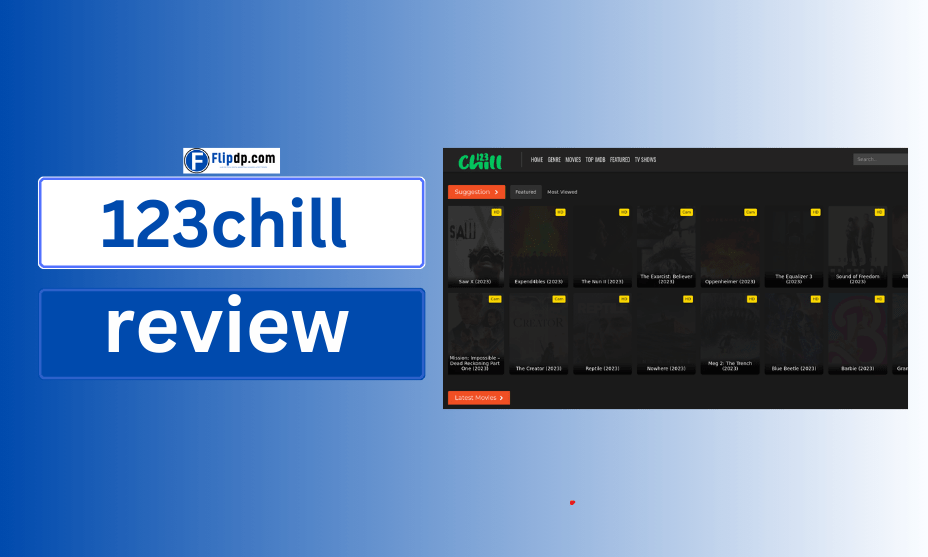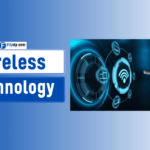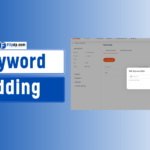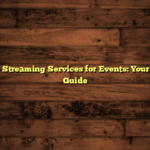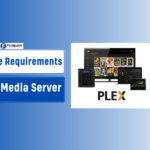Understanding Digital Advertising Optimization
Digital advertising optimization refers to the systematic process of improving the performance of your online advertising campaigns. This involves analyzing various elements such as targeting, creative content, bidding strategies, and placement to enhance effectiveness and achieve specific business goals.
Why is Optimization Crucial?
- Cost Efficiency: Maximizing ROI by reducing wasted spend.
- Enhanced Targeting: Reaching the right audience with the right message.
- Improved Performance: Higher click-through rates (CTR), conversions, and engagement.
- Competitive Edge: Staying ahead in a saturated market through refined strategies.
Key Metrics to Track for Effective Optimization

To optimize your digital advertising efforts, it’s essential to monitor and analyze key performance indicators (KPIs). Here are the most critical metrics to track:
- Click-Through Rate (CTR): Measures the percentage of people who click on your ad after seeing it. A higher CTR indicates effective ad copy and targeting.
- Conversion Rate: The percentage of users who complete a desired action (e.g., purchase, sign-up) after clicking your ad. It reflects the effectiveness of your landing page and overall campaign.
- Cost Per Click (CPC): The amount you pay for each click on your ad. Lower CPC can lead to higher ROI if conversions remain steady.
- Cost Per Acquisition (CPA): The cost associated with acquiring a customer. It helps in understanding the profitability of your campaigns.
- Return on Ad Spend (ROAS): Measures the revenue generated for every dollar spent on advertising. A higher ROAS signifies a more profitable campaign.
- Impression Share: The percentage of total impressions your ads receive compared to the total available. It helps in assessing your campaign’s visibility.
Example:
If you spend $1,000 on a campaign that generates 100 conversions, your CPA is $10. If your product’s profit margin per conversion is $15, your ROAS is 1.5, indicating a profitable campaign.
Best Practices for Digital Advertising Optimization
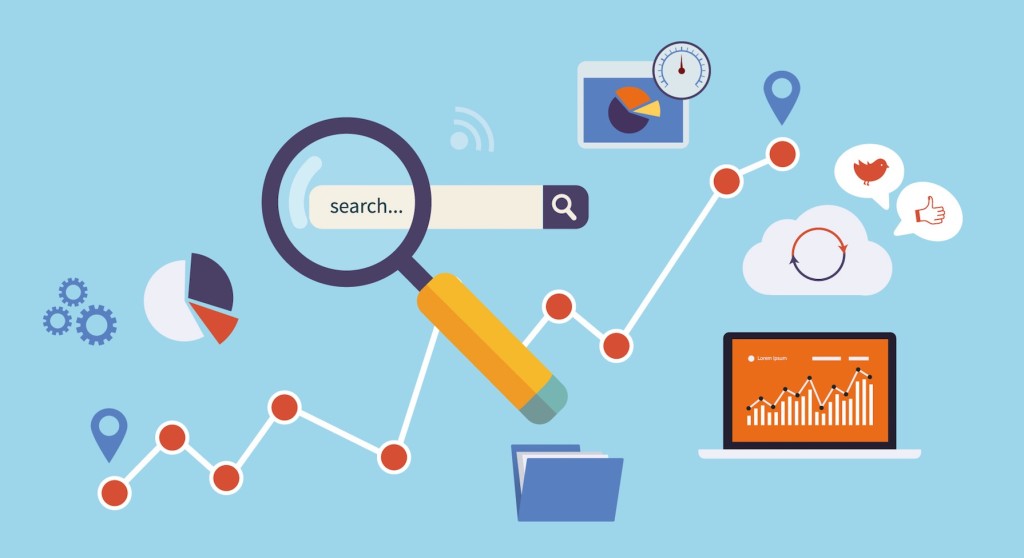
Optimizing your digital advertising campaigns involves a multifaceted approach. Here are the best practices to enhance your ad performance and boost ROI:
1. Precise Audience Targeting
Effective targeting ensures your ads reach the most relevant audience, increasing the likelihood of engagement and conversions.
- Demographic Targeting: Tailor ads based on age, gender, income, education, and other demographic factors.
- Behavioral Targeting: Focus on user behaviors such as past purchases, browsing history, and engagement patterns.
- Geographic Targeting: Deliver ads to specific locations, whether local, regional, or international.
- Psychographic Targeting: Consider users’ interests, values, and lifestyles to create more personalized ads.
Example: A luxury skincare brand targeting women aged 25-45 with high disposable income in urban areas can create tailored campaigns that resonate with their specific needs and preferences.
2. Implementing A/B Testing
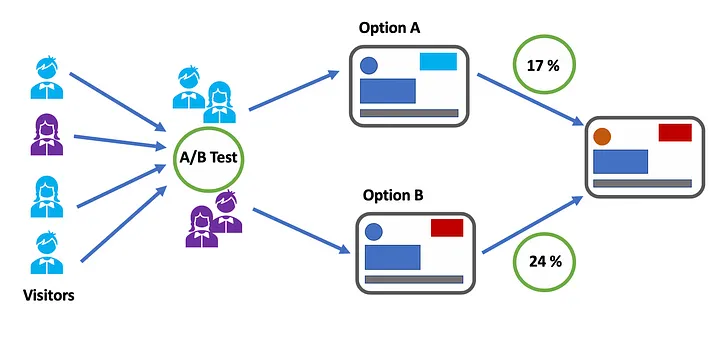
A/B testing involves creating two versions of an ad to determine which one performs better. This method helps in making data-driven decisions to enhance ad effectiveness.
- Test One Variable at a Time: Change only one element (e.g., headline, image, CTA) to accurately identify what influences performance.
- Analyze Results: Use statistical significance to ensure results are reliable.
- Iterate and Optimize: Apply insights from tests to improve future campaigns continuously.
3. Creative Optimization
The visual and textual elements of your ads play a crucial role in attracting and retaining audience attention.
- Compelling Visuals: Use high-quality images or videos that capture attention and convey your message effectively.
- Clear and Concise Copy: Ensure your ad copy is straightforward, engaging, and highlights the unique selling proposition (USP).
- Strong Call-to-Action (CTA): Encourage users to take the desired action with clear and persuasive CTAs like “Buy Now,” “Sign Up,” or “Learn More.”
- Consistency: Maintain consistency between your ad creative and landing page to provide a seamless user experience.
4. Strategic Budget Allocation

Optimizing your ad spend ensures that you’re investing in the most effective channels and strategies.
- Allocate Budget Based on Performance: Increase spending on high-performing campaigns and reduce or eliminate underperforming ones.
- Diversify Across Channels: Utilize multiple advertising platforms (e.g., Google Ads, Facebook Ads, LinkedIn Ads) to reach a broader audience.
- Seasonal Adjustments: Adjust your budget to capitalize on peak seasons or promotional periods relevant to your business.
5. Leveraging Data and Analytics
Data-driven decisions are at the heart of effective digital advertising optimization.
- Use Analytics Tools: Platforms like Google Analytics, Facebook Insights, and third-party tools provide valuable data on campaign performance.
- Monitor Trends and Patterns: Identify what’s working and what’s not by analyzing user behavior and engagement metrics.
- Adjust Strategies Accordingly: Use insights to refine targeting, creative elements, and bidding strategies.
Example: Analyzing bounce rates can help you understand if your landing page is effectively converting visitors, leading to necessary adjustments to improve performance.
6. Utilizing Automation and AI

Automation and artificial intelligence (AI) can streamline optimization processes and enhance campaign efficiency.
- Automated Bidding Strategies: Use AI-powered bidding to optimize your ad spend in real-time based on performance data.
- Dynamic Creative Optimization (DCO): Automatically tailor ad creative to individual user preferences and behaviors.
- Predictive Analytics: Leverage AI to forecast trends and adjust campaigns proactively.
Common Challenges in Digital Advertising Optimization
While digital advertising optimization offers significant benefits, it also presents several challenges. Understanding and addressing these obstacles is crucial for sustained success.
1. Ad Fatigue
Ad fatigue occurs when your audience becomes overly familiar with your ads, leading to decreased engagement and effectiveness.
- Solution: Regularly refresh your ad creatives, experiment with new formats, and diversify your messaging to keep your audience engaged.
2. Budget Constraints
Limited budgets can restrict your ability to test and optimize effectively.
- Solution: Prioritize high-impact areas for optimization, use cost-effective strategies like A/B testing, and allocate budget based on performance data.
3. Data Privacy Regulations
Increasing data privacy laws (e.g., GDPR, CCPA) can complicate data collection and targeting efforts.
- Solution: Ensure compliance with all relevant regulations, use privacy-friendly data collection methods, and focus on building trust with your audience.
4. Competition and Market Saturation

Highly competitive markets can drive up advertising costs and make optimization more challenging.
- Solution: Differentiate your brand with unique value propositions, target niche segments, and employ creative strategies to stand out.
5. Keeping Up with Platform Changes
Advertising platforms frequently update their algorithms and features, requiring continuous learning and adaptation.
- Solution: Stay informed about platform updates, invest in ongoing training, and remain flexible to adjust your strategies as needed.
Case Studies: Success Stories in Ad Optimization

Case Study 1: E-commerce Brand Boosts ROI with A/B Testing
An e-commerce retailer implemented A/B testing on their Facebook ad campaigns, experimenting with different headlines and images. By identifying the most effective combinations, they increased their CTR by 25% and reduced their CPA by 15%, ultimately boosting their overall ROI.
Case Study 2: SaaS Company Enhances Targeting for Better Conversions
A SaaS company refined their audience targeting by focusing on specific industries and job roles relevant to their product. This precise targeting led to a 30% increase in conversions and a significant improvement in ROAS, demonstrating the power of tailored audience strategies.
Case Study 3: Travel Agency Utilizes Automation to Scale Campaigns
A travel agency leveraged AI-powered automation tools to manage their Google Ads campaigns. Automated bidding and dynamic ad placement resulted in a 40% increase in bookings and a 20% reduction in advertising costs, showcasing the efficiency of automation in scaling campaigns.
Essential Tools and Technologies
Leveraging the right tools and technologies is critical for effective digital advertising optimization. Here are some essential tools to consider:
1. Google Ads
A comprehensive platform for creating, managing, and optimizing search and display ad campaigns. Features include keyword planning, audience targeting, and performance analytics.
2. Facebook Ads Manager
Provides robust tools for creating and optimizing ads on Facebook and Instagram. It offers detailed targeting options, A/B testing capabilities, and in-depth performance reporting.
3. Google Analytics
An indispensable tool for tracking website traffic, user behavior, and conversion metrics. It integrates seamlessly with advertising platforms to provide a holistic view of campaign performance.
4. SEMrush
A powerful tool for competitive analysis, keyword research, and tracking your SEO and PPC performance. It helps identify opportunities for optimization and stay ahead of competitors.
5. HubSpot
A comprehensive marketing platform that offers tools for email marketing, social media management, and advertising automation. It provides detailed analytics to monitor and optimize campaign performance.
6. Hootsuite
A social media management tool that allows you to schedule posts, monitor engagement, and analyze social media ad performance across multiple platforms.
7. AdEspresso by Hootsuite
Specializes in optimizing Facebook, Instagram, and Google Ads. It offers A/B testing, detailed analytics, and automation features to streamline campaign management.
Conclusion: Maximizing Your Digital Advertising ROI
Digital advertising optimization is an ongoing process that requires strategic planning, continuous monitoring, and adaptability. By implementing best practices such as precise audience targeting, A/B testing, creative optimization, strategic budget allocation, leveraging data and analytics, and utilizing automation and AI, businesses can significantly enhance their ad performance and boost ROI.
Understanding key metrics, addressing common challenges, and leveraging the right tools are essential steps in this journey. Real-world case studies demonstrate the tangible benefits of effective optimization, highlighting increased conversions, reduced costs, and improved overall campaign effectiveness.
FAQs, digital advertising optimization
digital advertising optimization
Digital advertising optimization refers to the process of improving the performance of digital ads by adjusting various elements such as targeting, ad creative, bidding strategies, and platforms to maximize return on investment (ROI).
2. Why is Digital Advertising Optimization important?
Optimizing digital ads helps businesses achieve better results by reducing wasted ad spend, improving click-through rates (CTR), increasing conversions, and enhancing overall campaign effectiveness.
3. How can I optimize my digital advertising campaigns?
To optimize your digital advertising campaigns, you can:
Use A/B testing for ad creatives.
Segment audiences for more targeted ads.
Set clear goals and metrics.
Adjust bids based on performance.
Monitor analytics regularly to refine strategies.
4. What tools can be used for Digital Advertising Optimization?
Popular tools include:
Google Ads for optimizing search and display ads.
Facebook Ads Manager for social media campaigns.
SEMrush and Ahrefs for keyword research.
Google Analytics for tracking performance.
AdEspresso for A/B testing on Facebook Ads.
5. What are some common challenges in optimizing digital ads?
Challenges include:
Targeting the right audience.
Balancing ad spend with performance.
Keeping up with ever-changing algorithms.
Creating high-quality, relevant ad content.
Dealing with ad fatigue or saturation.


